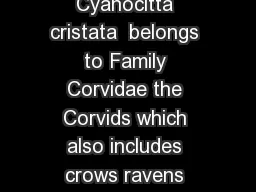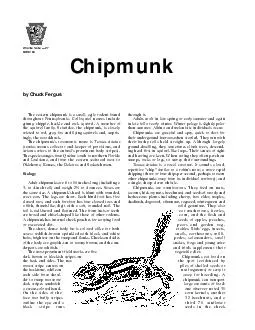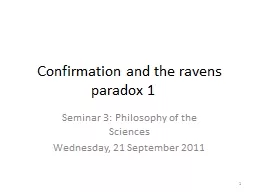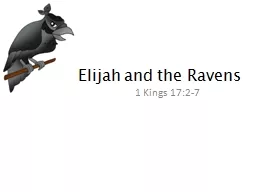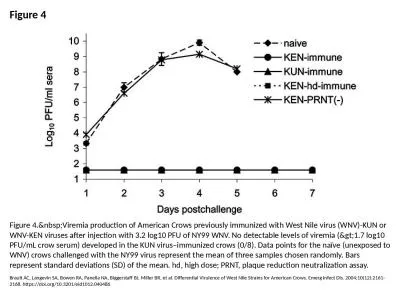PDF-Wildlife Note LDR by Chuck Fergus Blue Jay The blue jay Cyanocitta cristata belongs
Author : giovanna-bartolotta | Published Date : 2015-02-25
Because Corvids have the largest cerebrums relative to body size of all birds sci entists believe them to be the smartest Corvids are so cial birds with many species
Presentation Embed Code
Download Presentation
Download Presentation The PPT/PDF document "Wildlife Note LDR by Chuck Fergus Blue..." is the property of its rightful owner. Permission is granted to download and print the materials on this website for personal, non-commercial use only, and to display it on your personal computer provided you do not modify the materials and that you retain all copyright notices contained in the materials. By downloading content from our website, you accept the terms of this agreement.
Wildlife Note LDR by Chuck Fergus Blue Jay The blue jay Cyanocitta cristata belongs: Transcript
Download Rules Of Document
"Wildlife Note LDR by Chuck Fergus Blue Jay The blue jay Cyanocitta cristata belongs"The content belongs to its owner. You may download and print it for personal use, without modification, and keep all copyright notices. By downloading, you agree to these terms.
Related Documents

